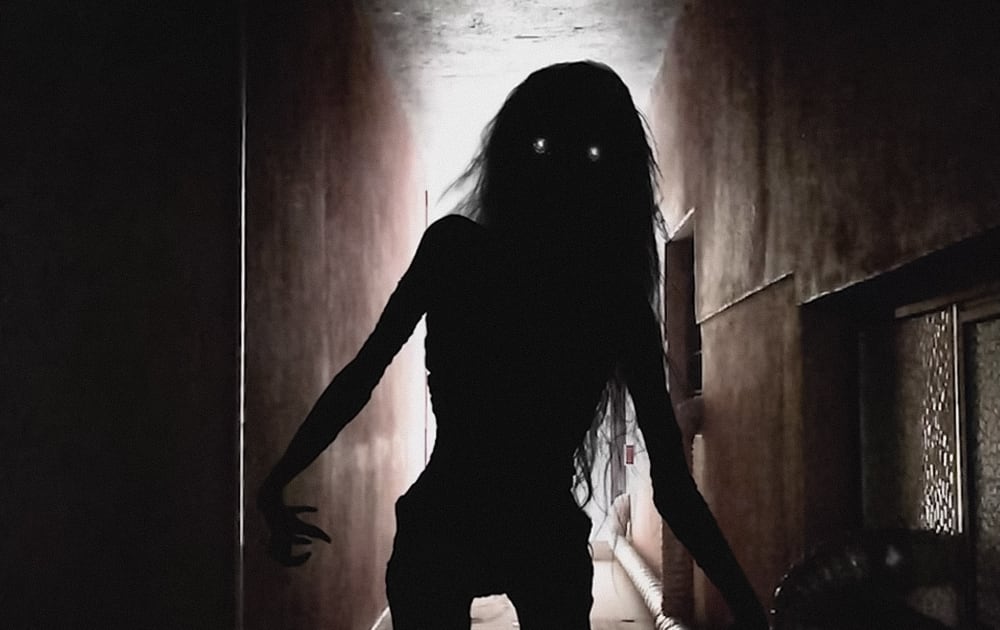

Usually that means young people having sex, but evoking mental illness is just as horrifically effective. Such tension helps fulfill one of horror’s greatest purposes: to expunge and visualize the things normal society doesn’t talk about. The backstory is just vague enough that it’s possible to assume Diana might only exist as an extension of Sophie’s mental illness. There’s some obviously fake scientific explanation offered for Diana’s weird powers, but it mostly just seems like an excuse to invoke the eerie visuals of old asylums (which, for the record, are still very creepy). Without spoiling anything, Diana’s supervillain origin involves Sophie’s history at a mental institution. Like The Babadook, Lights Out tries to blur the lines between monstrosity and mental illness.
#LIGHTS OUT DIANA MOVIE#
That said, depending on which family member we're talking about, this might even be a pro.With sheer scariness no longer being enough for the savvy horror movie watcher, Lights Out attempts to add another level of resonance to Diana’s terror, but executes it so poorly it proves to be the movie’s undoing. In the real world death is pretty much the end, so you'll have to come to terms with sacrificing your relative. Since there seems to be no sequel to Lights Out on the horizon, it's clear that this method worked, with Rebecca and her boyfriend Bret being alive and well. This is the only way to end the curse for good. So if you're being stalked by a shadowy figure tethered to one of your family members, you know exactly what to do. With a self-inflicted bullet wound to the head, Sophie ends up defeating Diana for what we are led to believe is the final time. The Ray Harryhausen Podcast nominated in The Rondo Hatton Classic Horror Awards 2023 We are delighted to have had our podcast. After realizing that her and Diana are still tethered, Sophie decides to sever this connection once and for all before Diana is able to wreak further havoc on her family. Ray and Diana Harryhausen Foundation Charity 1 semana Denunciar esta publicación Denunciar Denunciar.

Unfortunately for Sophie, death didn't put an end to Diana's psychopathic behaviour, but rather worsened it. The simplest but possibly most effective of the film’s tricksDiana blinking in and out with the nervous working of a light switch, before suddenly teleporting across the roomis straight. Simply put, Diana didn't want to be alone again, and thus acted out whenever something threatened to break this relationship between her and Sophie. It’s here, among the sinister mannequins and flickering. Before her unfortunate demise, Diana became quite transfixed on young Sophie, doing everything in her power to prevent her from recovering and leaving Mulberry Hill forever. Lights Out opens with a near beat-for-beat recreation of the short, albeit in the gloomy textile factory workplace of Paul (Billy Burke). In fact, the two actually met one another at the Mulberry Hill mental institute where Sophie was being treated for her depressive personality disorder. If Lights Out were a Cannes Palme D’Or candidate, Diana the evil night-creature that rampages here would be much more of an is-she-real-or-imaginary psychological tease. Towards the midpoint of the movie we come to learn that there is a definite connection between Diana and Rebecca's mother, Sophie.


 0 kommentar(er)
0 kommentar(er)
